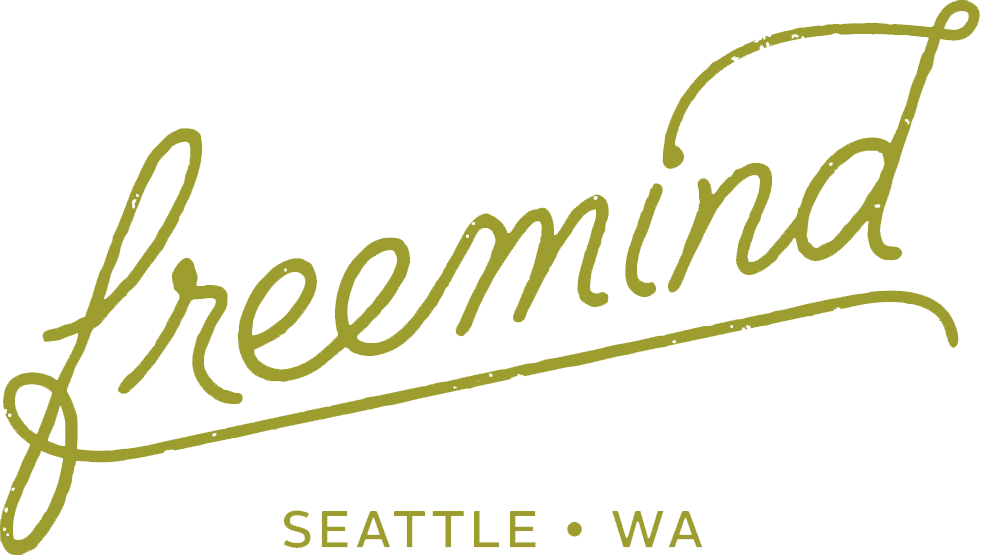As the newest member of the Freemind Seattle team, I had the most to learn about tradeshows and large events of that kind. I had been an attendee and I’ve staffed independent booths at shows, but running and planning one from scratch? Never! Was I excited to learn? Absolutely! And also, a little intimidated…Melissa Bathum and Kori Monson have been planning and running events and tradeshows longer than I’ve been in the corporate world. There is a lot to learn!
So, what is planning a tradeshow like? Long story short, it is a lot of work. Something that I think most people outside the field of event planning recognize, but don’t fully comprehend.
For example: If you are active on YouTube, you may have heard of Tana Mongeau. If you haven’t, here is a quick recap:
She tried to create and run her own convention for YouTubers and their fans, that she named “TanaCon”. It was a fun idea, but the planning was rushed, details were missed, the whole thing was mismanaged and ended up a disaster. Planning and running a convention or tradeshow, whether you are managing the entire thing or just hosting a booth, takes so much more time, people and energy than you think.
Now that I have a few more shows under my belt with the team here at Freemind, there are few things that I think are 5 key takeaways for anyone who is thinking of planning a show or just hosting a booth.
1) Proper events take TIME. The bigger the event, the longer it takes
An ‘event’ is not the same as a ‘party’, and a ‘tradeshow’ is a whole other monster entirely. Depending on how big the show is estimated to be, it could take a year…or more! Some annual tradeshows are planning for next years before the current year’s event has even started. That is why workback schedules are your best friend for planning.
Workback schedules are essential because they keep the entire team informed of what is due and when, as well as who is responsible for what tasks. All aspects of the floor layout, booths, graphics, communications etc., must be designed and then approved first, and almost always need to be re-designed at least once. Production of booths and large graphics take days to months. There is no set timeline for planning, but it is better to err on the side of more time rather than less.
2) You are creating a mini city – and that takes money
It’s not cheap.
Most convention centers are just giant, empty concrete boxes, not your average event or ‘party’ space. The space is designed to be able to transform into anything, it’s not ‘move in ready’ as you would expect for a wedding or meeting venue. Tradeshows come together over the course of a few days to a week. They take that empty box and turn it into a makeshift city. With power, roads/pathways, rooms, carpets, everything.
Something that shocked me when I was showing at a booth in Las Vegas was the cost to have power at to your booth just to be able to charge your computers or phones. I never realized that there aren’t just outlets at regular intervals on the floor. Therefore all power must be wired and ran from major sources. And the more people who require power, the higher the risk for blown fuses and other issues, so you’ll want that done correctly. Imagine how long and the specific type of knowledge it takes to wire a house…that labor is not cheap! And since the wires are run under the carpet, those decisions must be finalized before the carpet is laid down. Again…Workback schedules are your friend!
3) So many different vendors work on one show.
It takes more than just a village to build a Trade-Show-City. There are a lot of companies that work on shows, and some of those will have overlap in their responsibilities. There will be a lot of “who’s responsible for…” questions while things are being built on the floor. You may have to talk to a few different people to find the team that you need for your current issue. Just remember that you are all on the same team and have the same goal of a great show.
You will end the show with more friends, stories and sore muscles than you can imagine. Everyone has different expertise and when you all come together to pull off a show, it is awesome to witness!
4) No matter how well you plan, things will go wrong
Things will get lost in transit. People will change their minds about things. Graphics will need to be reprinted. Someone will have forgotten to request something VERY IMPORTANT and you’ll have to make it happen. Don’t be surprised when something goes wrong, be prepared. The best thing you have is your team. So, make sure you have a good one and use all their talents!
5) You are never too good to move some hedges
This job is not all glitz, glamour, parties and high heels. It is hard work, long days, hours spent staring at excel sheets and as all great job descriptions end with, “any other necessary tasks required for the role.”
Moving hedges is not exactly in the job description of Showcase Management, but I can’t lie. We had some fun!
-Victoria Blasich is the Marketing Manager of Events for Freemind Seattle. She joined Freemind Seattle in 2018 with years of experience in marketing strategies and fashion focused events and photoshoots for both small and large companies. With a passion for people and supporting fellow creatives, Victoria is driven to create and execute stellar events for clients.


